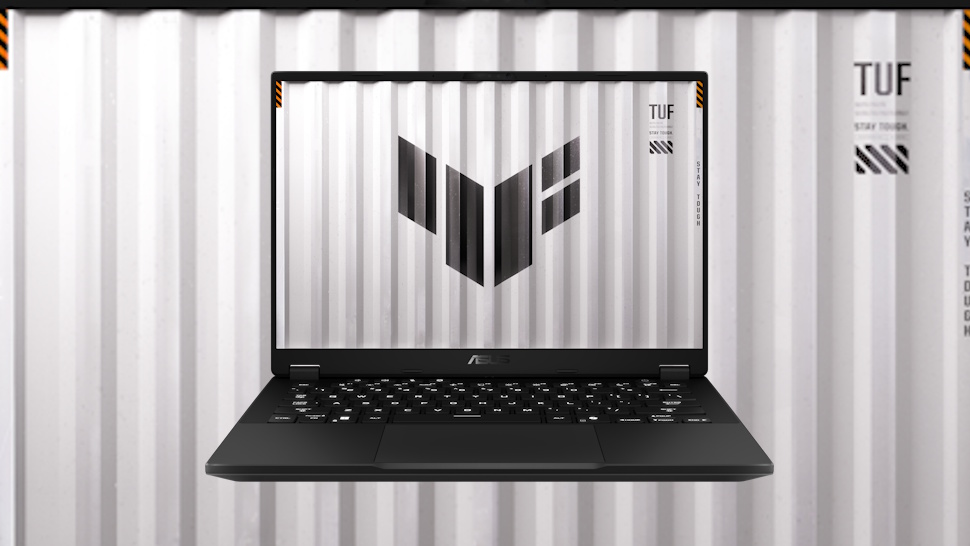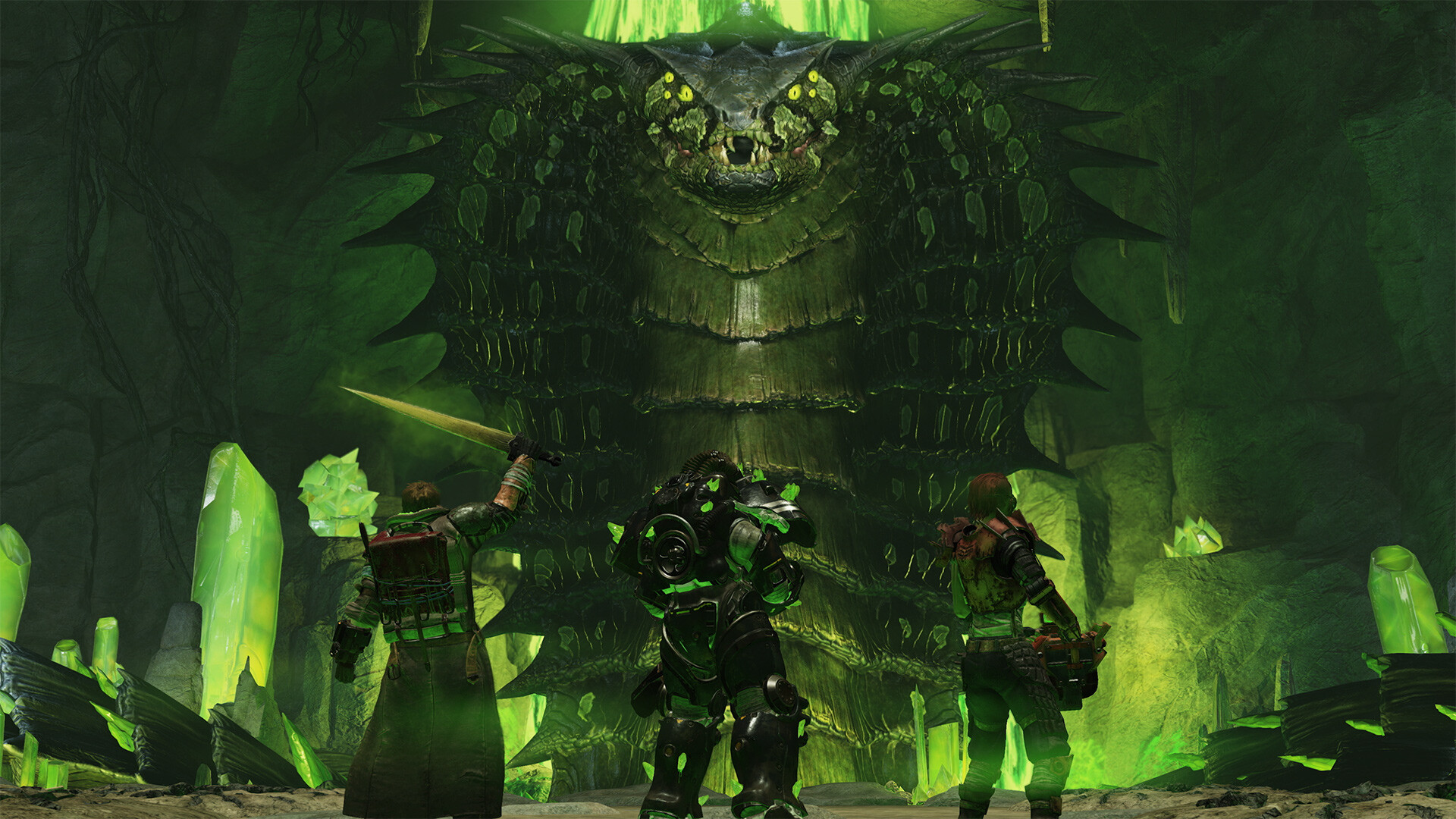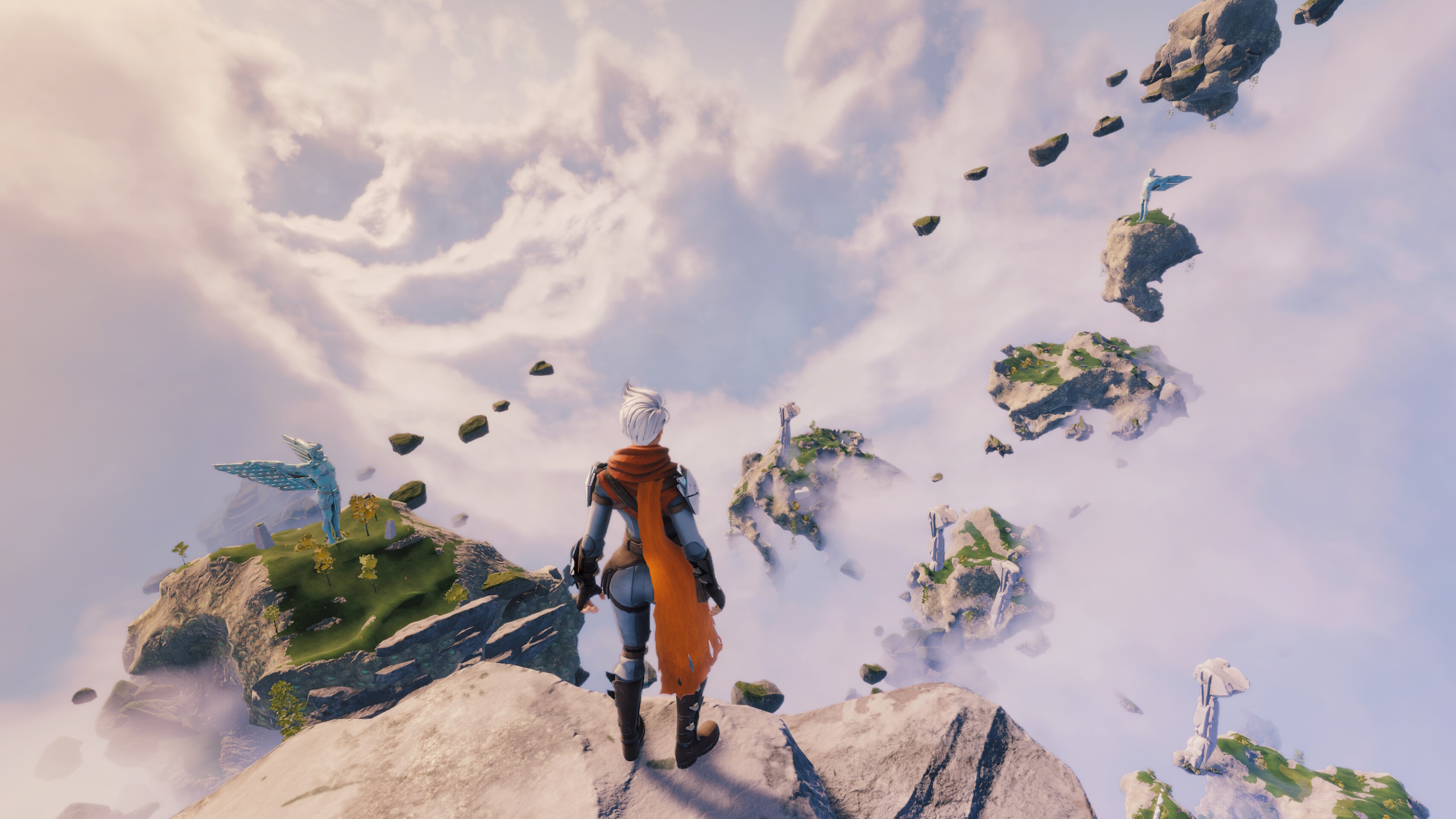
Uzumaki Full Series Review
In my review of Uzumaki’s first episode, I said I was excited to see if the full series could stick the landing – but I was also worried that four half-hour episodes didn’t give the story enough breathing room. If that series premiere felt like it went by fast, every subsequent episode performed world record speedruns through Junji Ito’s revered horror manga, moving so quickly I’m surprised none of the characters no-clipped through a wall (and with some of the terrible composition work in the anime, that might not look out of place). There’s no room to contemplate the horrific events we’ve just witnessed, nor any mounting suspense. There’s simply a 28-minute timer and a creative team treating every second of screen time like a hurdle.
The anime both distills Uzumaki down to its core essentials and remixes when parts of the story take place. It does so without sacrificing any major pieces of the plot – an admirable attempt at a comprehensive adaptation that’s flawed in its execution. Some of this abbreviation makes sense for TV; I enjoyed that Production I.G USA and Adult Swim found a way to focus episodes 2 and 3 on what’s happening at the high school and hospital, respectively, in the cursed town of Kurozu-Cho. Scenes taking place in these settings are spread throughout the manga, so this is just efficient storytelling. Yet it also robs some of Uzumaki’s most chilling concepts of their impact, practically rendering them into non sequiturs. Consider the return of Mitsuru Yamaguchi (a.k.a. Jack in the Box) at the very end of episode 3 – a cheap scare, irrelevant to the preceding scene and without any resolution to Kirie’s guilt over his death in the previous episode. It had me wondering why he was included at all, especially when episodes 1 and 4 are happy to cut out material from the manga that would be nice to have, but wasn’t essential to keep.
What we said about the Uzumaki premiere
Uzumaki’s premiere is not only a great companion piece to the original manga, but a fun watch in its own right. Though slightly reduced in scope and unable to give itself room to breathe, it’s a greatest-hits of a widely loved manga that lives up to immeasurable expectations. – Mat Jones
Read the complete Uzumaki premiere review.
Major character arcs are made much stranger with this blending of events. Shuichi’s sensitivity to spirals and his rush to blame them for everything always read, to me, less as correctly examining the world and more a paranoid obsession, given the horrors that have taken his family away. We now get a single shot of him reacting to his mother’s death before continuing on with the story, where in the book the loss causes him to sit at home alone for weeks, becoming emaciated and gaunt. I don’t mean to make comparisons solely for the sake of pointing out differences between the manga and the anime – I mean that the series makes choices that intend to get this story over and done with, rather than trying to convey them with devastating emotional poignancy. I’d rather see a version of Uzumaki that’s less adherent to the source material and more judicious toward what needs to be included from it than one that struggles to find good space for everything the production team wants to put on screen.
Where the first episode demonstrated some clever use of motion, adding some extra flair to already striking visuals, the later episodes have trouble even getting the still images right. Keiko, the bloodthirsty mother whose newborn has been stitched back into her womb, is one of the most notoriously horrifying spectacles in the manga. When Kirie finds her on the operating table, Keiko is framed entirely in black, and given the darkened shadows around her solid white eyes, there’s no indication she’s still alive. Here, her appearance hits with no impact whatsoever, removing most of the shocking detail and adding the sights and sounds of Keiko breathing – undercutting the manga’s shock when she stirs awake a few panels later.
The series is plagued by rough drawings that look like they were supposed to be improved later, either lacking detail or rendered in low-resolution and blown up for HD. There’s horrible compositing – some shots come across like they were assembled by people who never spoke to each other – and some animation composed of static images bobbing up and down to simulate walking. Episode 2 is Uzumaki at its artistic worst, and there are some improvements in episodes 3 and 4, but it’s all downhill from the premiere. The entwined snakes that motionlessly slither into a hole at the beginning of episode 2 are laughably awful, the same with what should be the dramatic peak of episode 4: Shuichi seemingly falling to his death. The long plunge isn’t animated at all; the still image of Shuichi and one of the mutated residents of Kurozu-Cho simply shrinks from view.
At least episode 4 is better than the two preceding it. A strict translation of the manga’s final chapters, with no other bits dipped in, it has the sense to leave a few things out. It also manages to slow the pace, but by the end, I couldn’t shake the thought of what a wasted opportunity Uzumaki was. I’m certain that this project, delayed by circumstances outside of anyone’s control, was not what the creators intended to make. Sadly, it’s what we’ve been left with.








